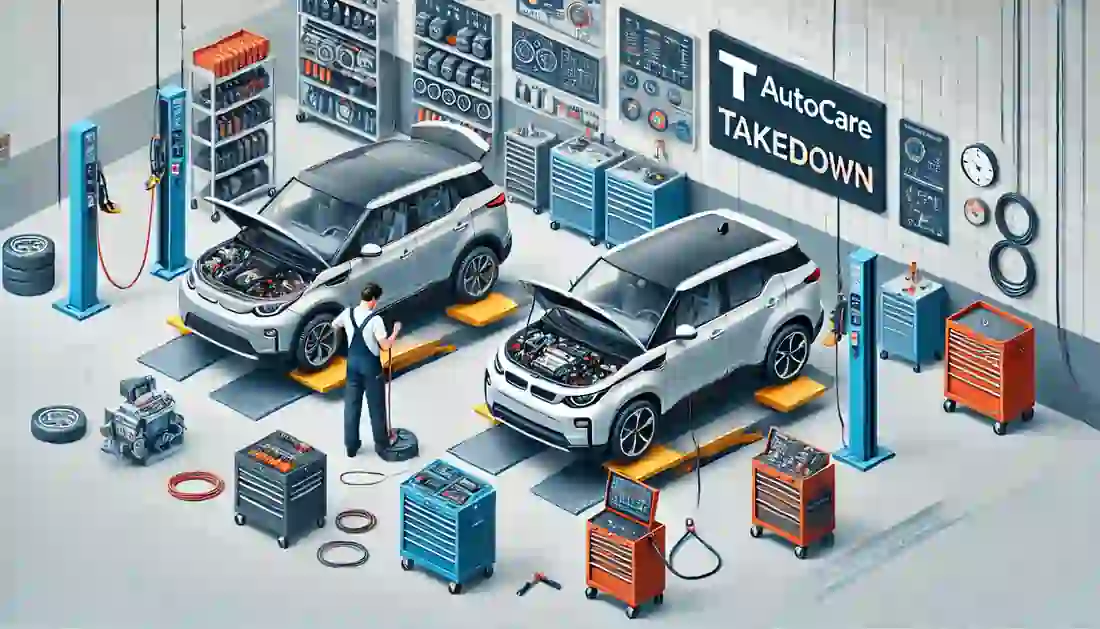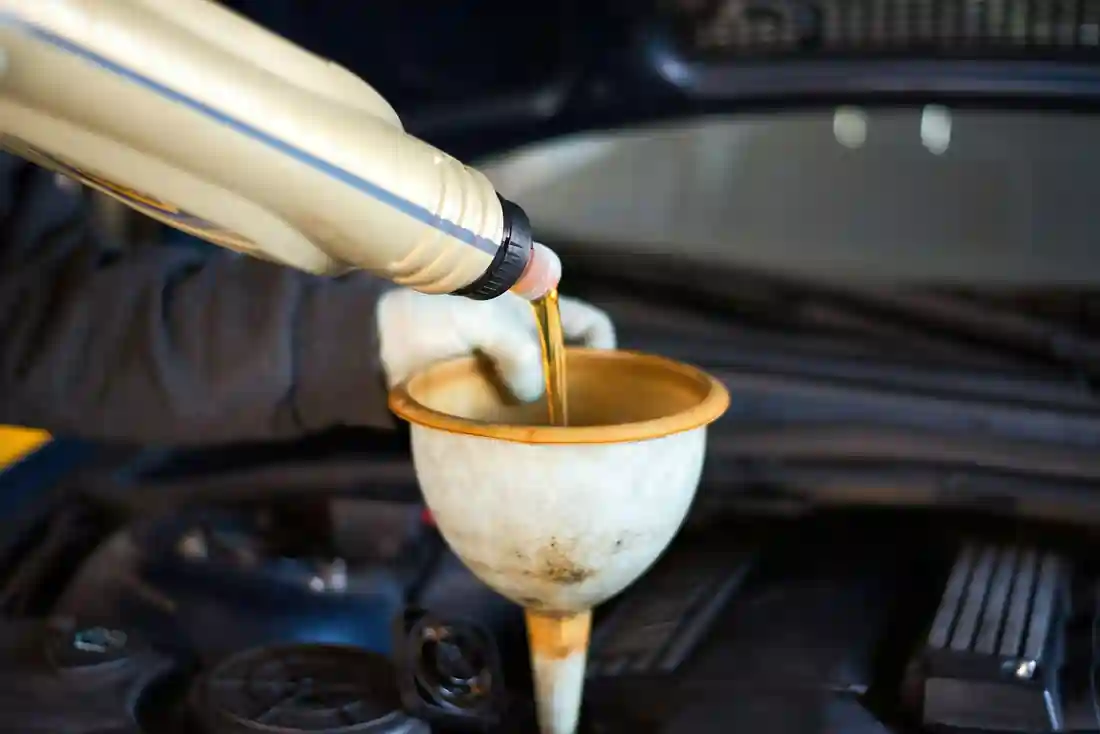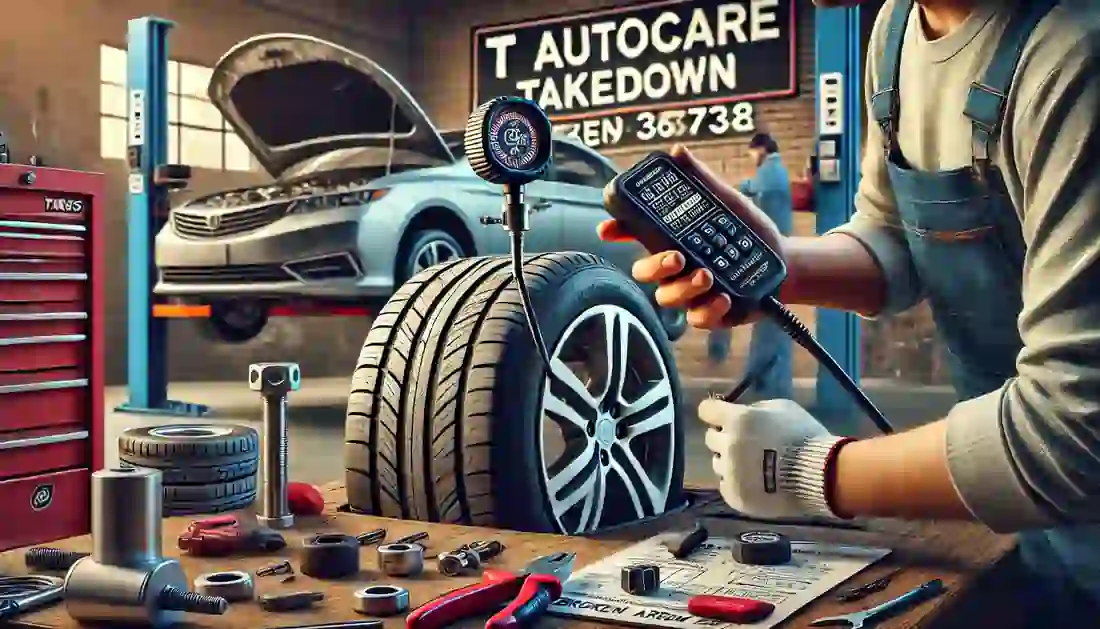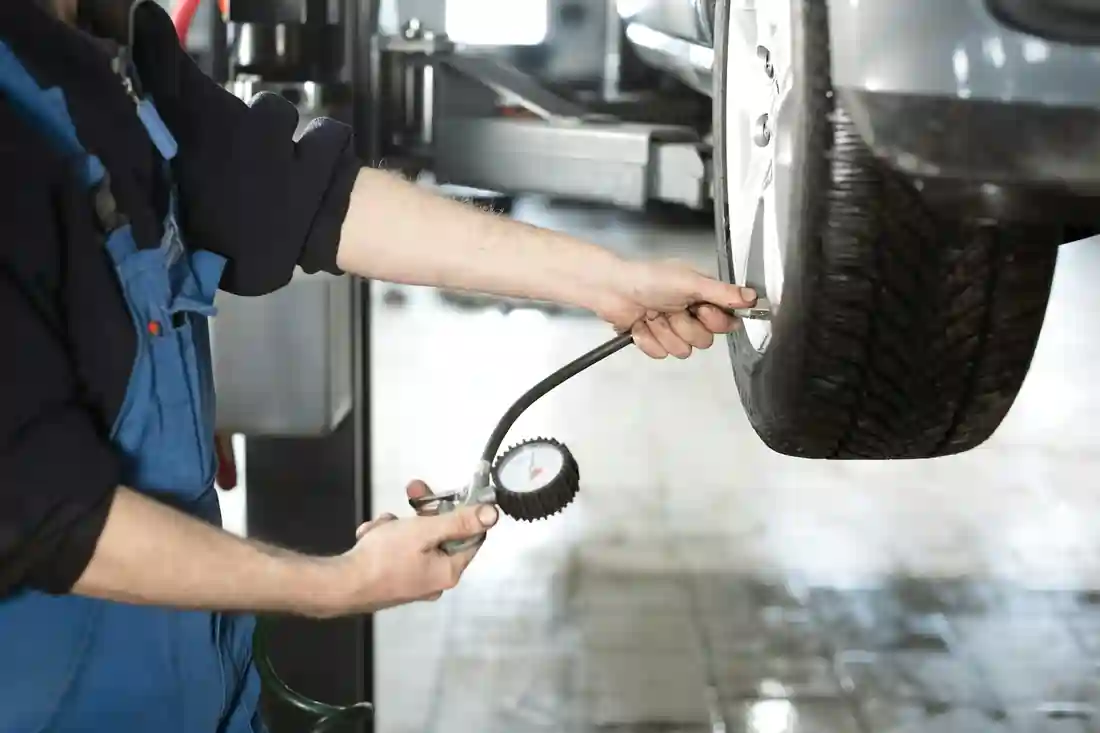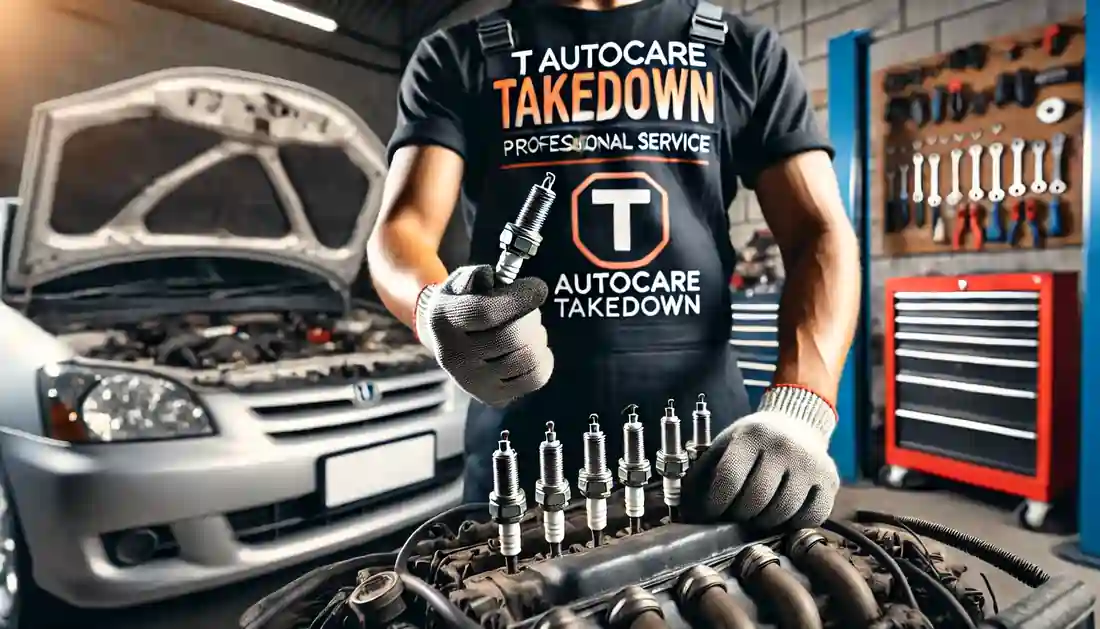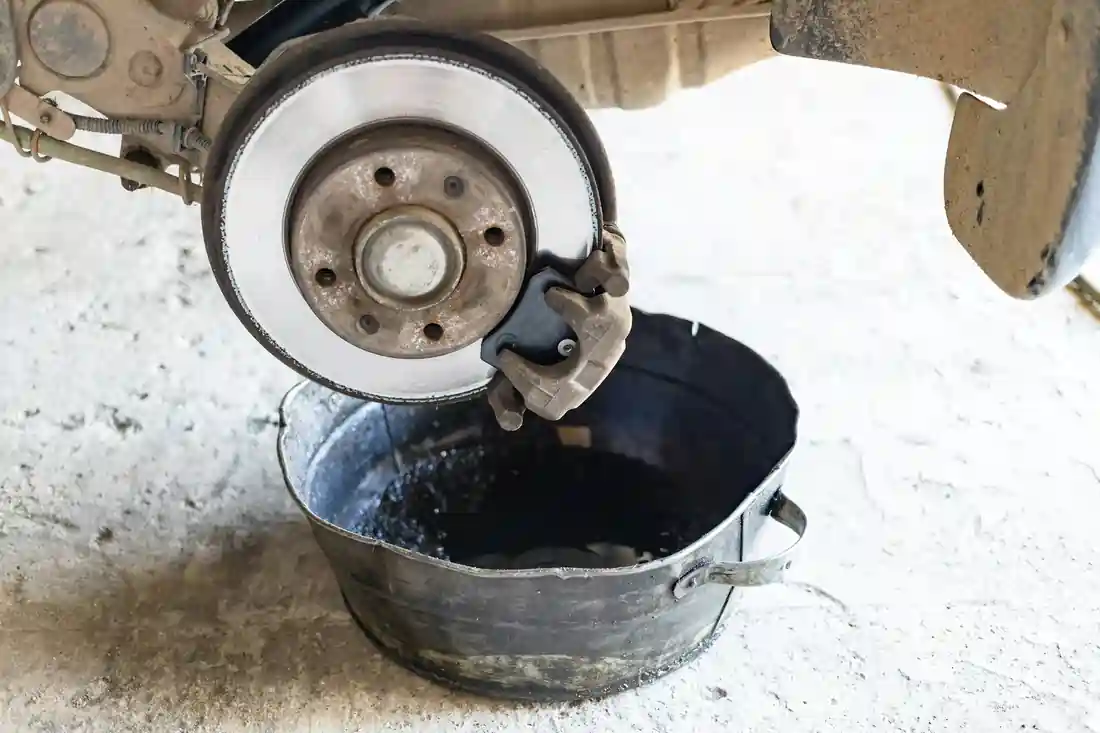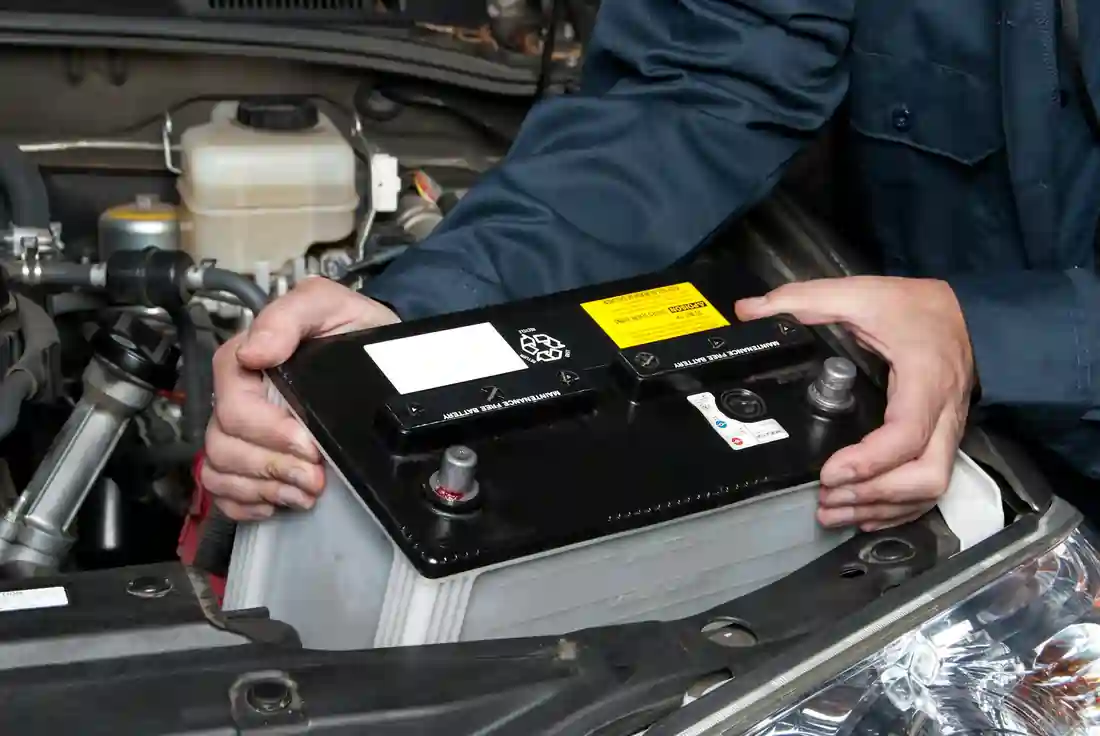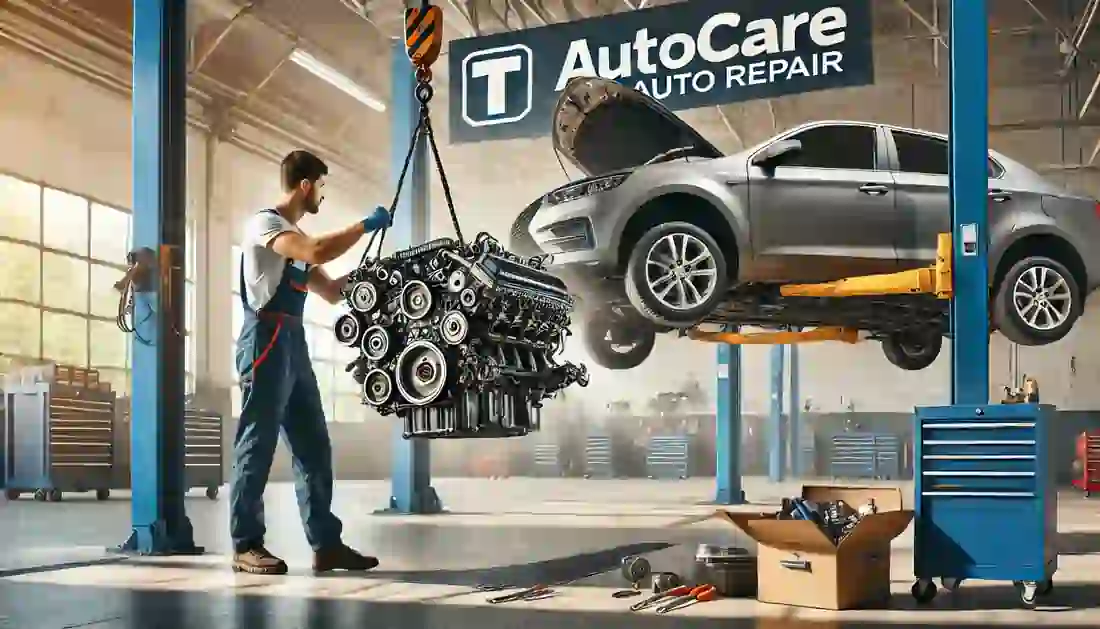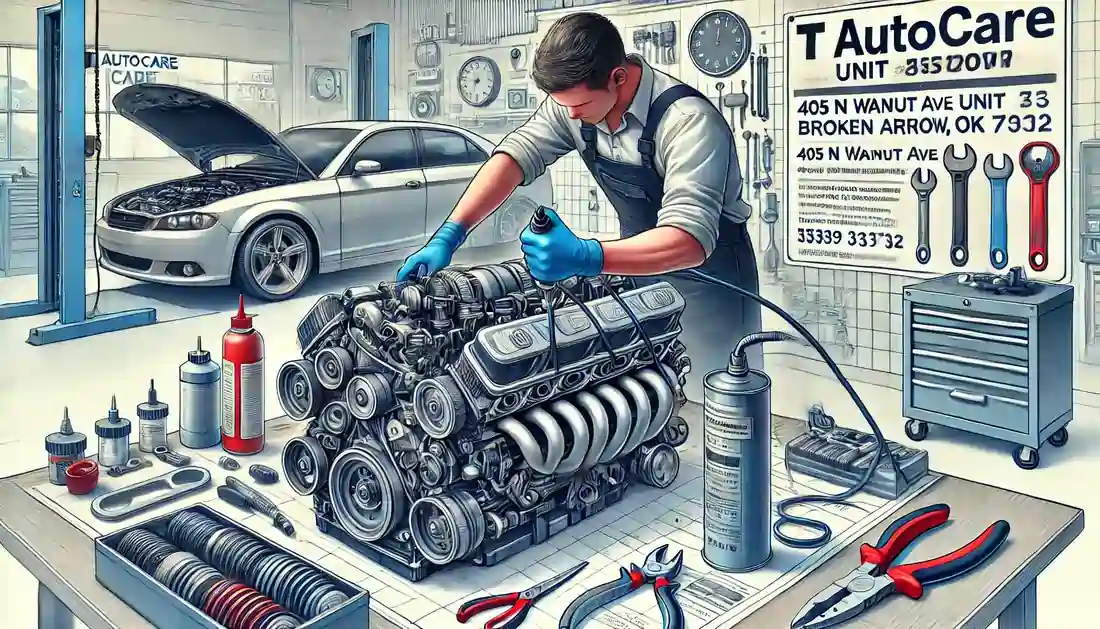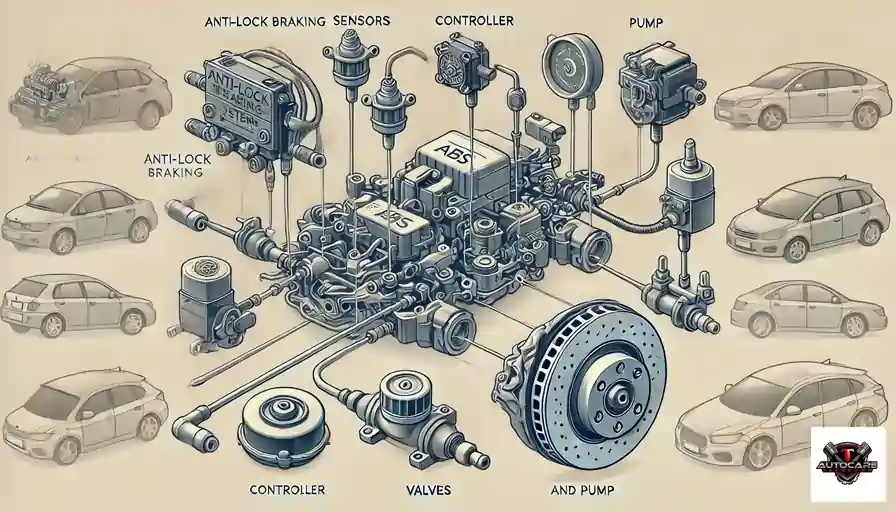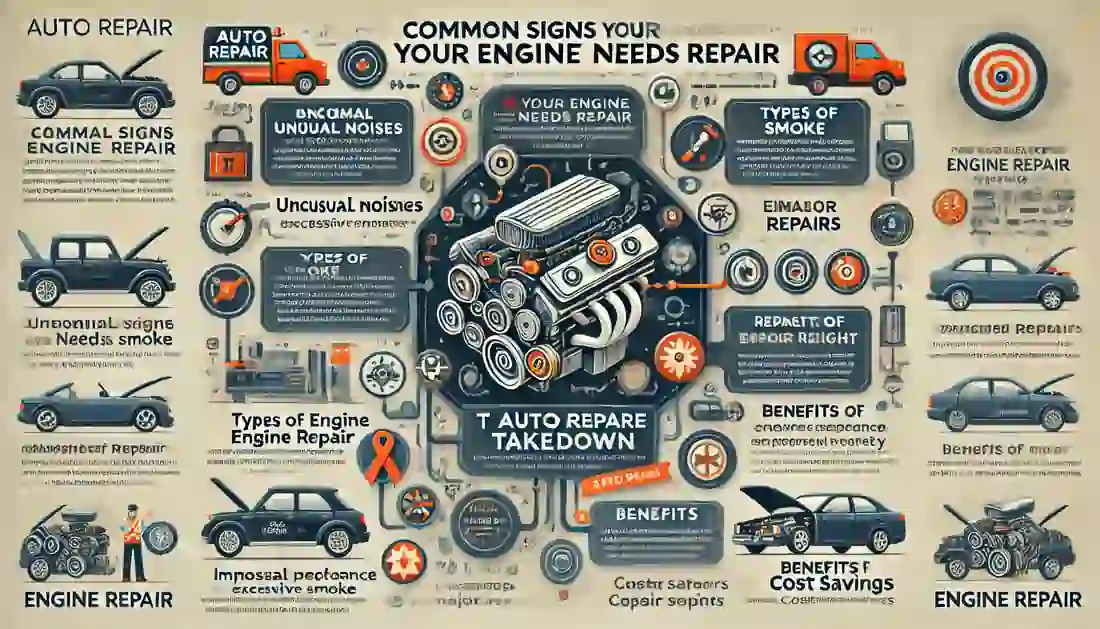Maintaining your car is crucial to ensure its longevity, safety, and performance.
At T Autocare Takedown, we believe that understanding your car’s maintenance schedule is the first step to achieving a reliable and smooth-running vehicle.
Here’s a comprehensive guide to help you navigate through your car’s maintenance needs.
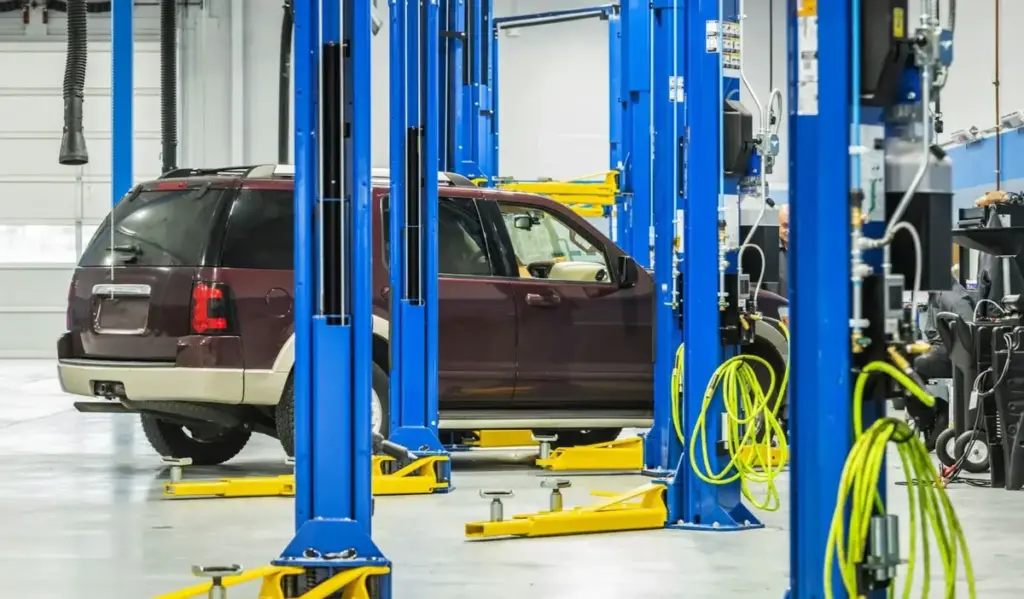
Maintaining your car is not just about fixing problems as they arise; it’s about preventing those issues from happening in the first place. A well-maintained car is safer, more reliable, and less expensive to operate in the long run. Regular maintenance also ensures that your vehicle performs optimally, providing a smoother and more enjoyable driving experience.
Monthly Maintenance Tasks
Certain maintenance tasks should be performed every month to keep your car in top shape. These include:
Checking Engine Oil Level and Condition: Ensure the oil is at the right level and does not look dark or gritty. Low or dirty oil can lead to engine damage.
Inspecting Transmission Fluid: Check the fluid level and condition. Proper transmission function relies on clean and adequate fluid levels.
Checking Brake Fluid and Power Steering Fluid: Both are crucial for the safe operation of your vehicle. Low or dirty fluids can compromise braking and steering performance.
Examining Engine Coolant Level: Proper coolant levels prevent your engine from overheating.
Inspecting Windshield Wiper Condition: Ensure your wipers are not worn out to maintain clear visibility during adverse weather.
Checking Tire Pressure: Correct tire pressure is vital for safe handling and fuel efficiency.
Every 3 to 6 Months
Every three to six months, or every 3,000 to 5,000 miles, you should:
Change Engine Oil and Filter: This helps keep your engine running smoothly and can prevent major issues.
Inspect Driveline Fluids: Check and top off transmission, differential, and transfer case fluids if needed.
Rotate Tires: This promotes even tire wear and extends their lifespan.
Check Brake Pads and Rotors: Inspect for wear and replace them if necessary to ensure effective braking.
Inspect Battery Condition: Clean any corrosion from terminals and check the charge.
Check Belts and Hoses: Look for signs of wear, cracks, or fraying and replace them as needed.
Inspect Steering and Suspension Components: Look for damage or looseness and lubricate any points that have grease nipples.
Look for Leaks: Check for any fluid leaks around your vehicle.
Seasonal Maintenance Tips
Seasonal changes can bring unique challenges for your vehicle. Here are some tips for preparing your car for different seasons:
Winter Preparation: Check your antifreeze, heater, and defroster systems, and ensure your battery is in good condition. Consider switching to winter tires for better traction on snow and ice.
Summer Preparation: Inspect your air conditioning system, coolant levels, and tires. High temperatures can strain your car, especially during long road trips.
Extended Interval Checklists
Some maintenance tasks don’t need to be performed as frequently but are still crucial for your vehicle’s health:
Replace Engine and Cabin Air Filters Annually: Clean filters ensure efficient operation of your engine and HVAC system.
Change Brake Fluid Every 25,000 Miles or Two Years: This helps maintain effective braking performance.
Replace Power Steering Fluid Every Three Years: Ensures smooth steering operation.
Change Engine Coolant and Timing Belts Approximately Every Five Years or 100,000 Miles: Prevents overheating and potential engine damage.
Replace Spark Plugs Every 60,000 to 100,000 Miles: Ensures efficient combustion and engine performance.
Professional vs. DIY Maintenance
While many maintenance tasks can be done at home, some are best left to professionals:
DIY Tasks: Fluid checks, wiper blade replacement, and filter changes are simple tasks that can save you money and are easy to do with basic tools.
Professional Tasks: Complex tasks like changing timing belts or performing transmission fluid flushes require specialized tools and expertise. Trusting a professional can save you time and ensure the job is done correctly.
Keeping Maintenance Records
Keeping detailed maintenance records is often overlooked but is crucial for maintaining your vehicle. Use apps or spreadsheets to track your maintenance schedule and document all repairs and services. This will help you stay on top of your car’s needs and can be beneficial if you ever decide to sell your vehicle.
Conclusion
Understanding and following your car’s maintenance schedule is the key to keeping it running efficiently and safely. By staying proactive and adhering to regular maintenance intervals, you can avoid costly repairs and ensure that your vehicle remains in optimal condition for years to come.
At T Autocare Takedown, we’re here to help you with all your automotive needs. Contact us today to schedule your next maintenance appointment and keep your car running smoothly.
Let us keep your vehicle running smoothly and safely. For the best in Broken Arrow auto repair, choose T Autocare Takedown.


